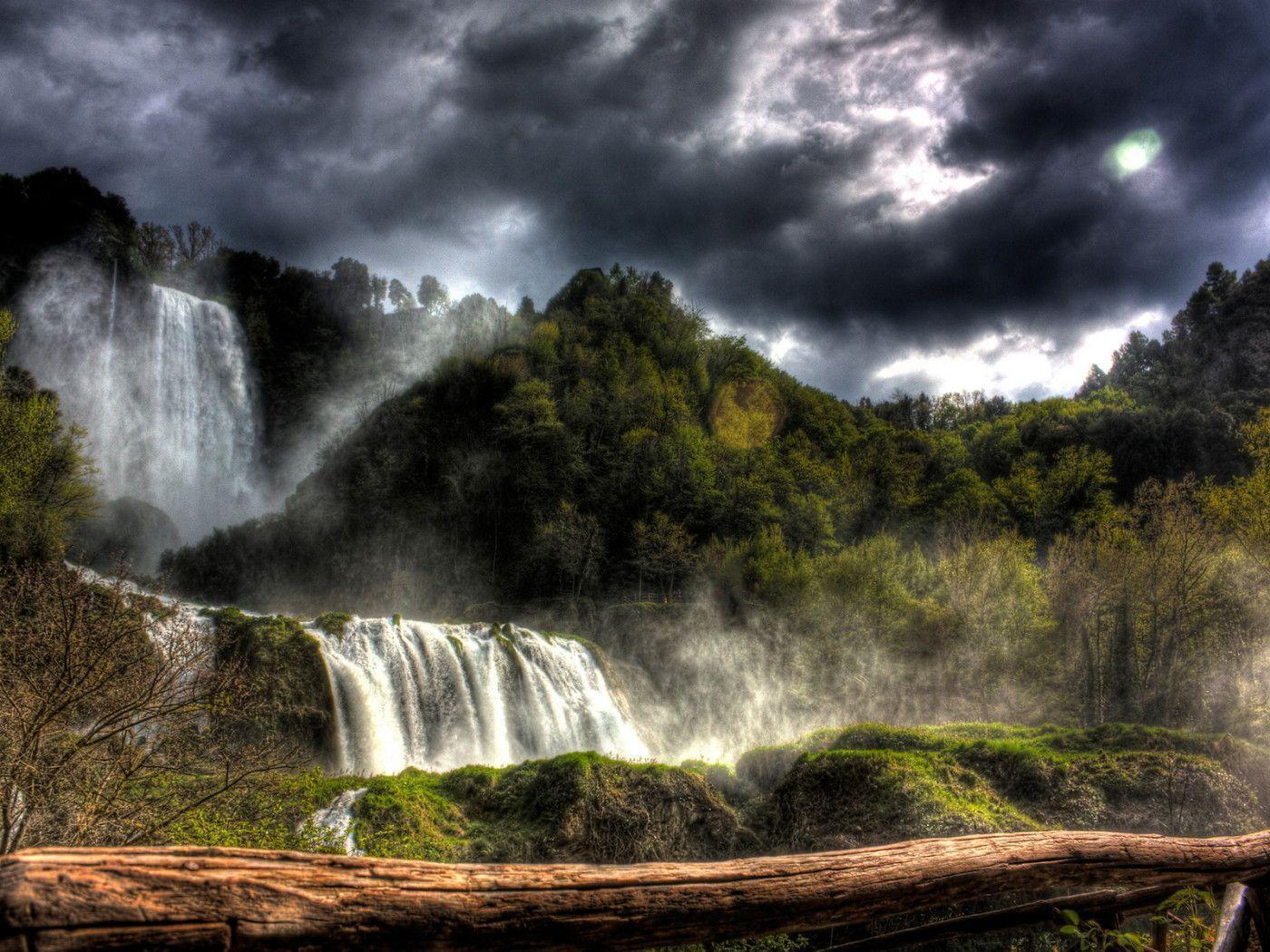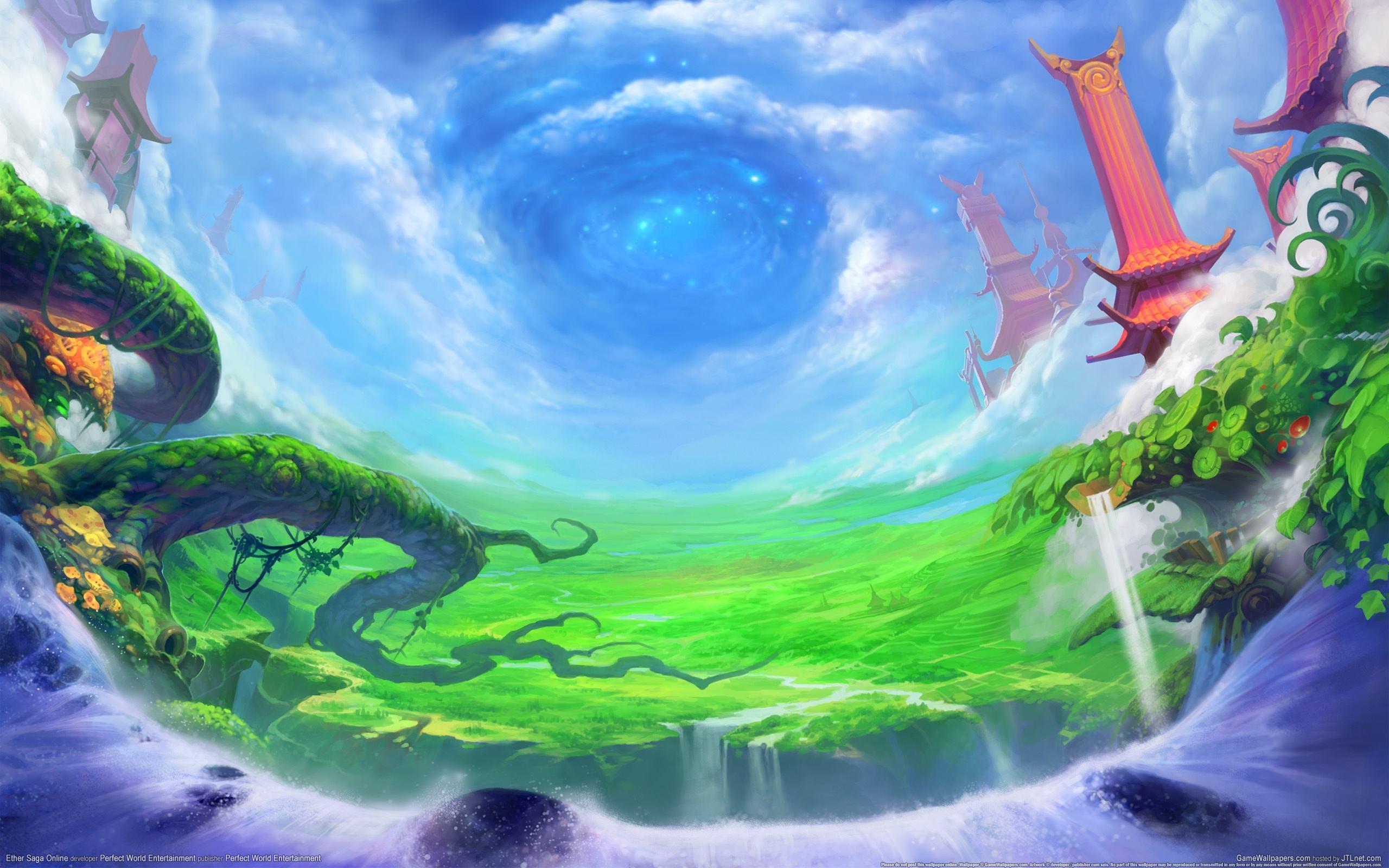Wallpaper Trends and Styles

Wallpaper online – In the realm of interior design, wallpaper has emerged as a transformative element, transcending its functional purpose and evolving into an expressive canvas that reflects the latest trends and styles. Influenced by a myriad of factors, from color palettes to patterns and textures, wallpaper design is constantly evolving, mirroring the ever-changing tastes and aspirations of homeowners and designers alike.
Among the most prevalent trends in contemporary wallpaper design is the embrace of bold and vibrant colors, which infuse spaces with a sense of energy and optimism. These hues are often paired with geometric patterns or abstract designs, creating a striking and visually captivating effect. In contrast, neutral tones, such as beige, gray, and white, continue to be popular choices, offering a timeless elegance and versatility that complements a wide range of décor styles.
In terms of patterns, floral motifs remain a perennial favorite, adding a touch of nature and femininity to any room. However, modern interpretations of floral patterns often incorporate abstract elements or unconventional color combinations, giving them a fresh and contemporary twist. Geometric patterns, with their clean lines and sharp angles, are also gaining popularity, adding a touch of sophistication and structure to spaces.
Texture is another key element in contemporary wallpaper design. Embossed and flocked wallpapers create a tactile experience, adding depth and dimension to walls. Metallic accents, such as gold and silver, are also being used to add a touch of glamour and opulence. In addition, wallpapers that mimic the look of natural materials, such as wood, stone, or fabric, are becoming increasingly popular, offering a realistic and sophisticated alternative to traditional materials.
As we look to the future of wallpaper design, it is clear that innovation and experimentation will continue to drive the industry. Emerging trends include the use of holographic effects, which create a sense of depth and movement, and the incorporation of sustainable materials, such as bamboo and recycled paper, which reflect the growing emphasis on environmental consciousness.
Types of Wallpaper and Their Applications

In the realm of interior design, wallpaper serves as an artistic canvas, transforming walls into captivating expressions of style and functionality. With a myriad of materials, textures, and finishes, each type of wallpaper offers distinct advantages and applications, catering to diverse decor needs and architectural nuances.
Materials, Wallpaper online
Vinyl: Known for its durability and moisture resistance, vinyl wallpaper is a practical choice for high-traffic areas like kitchens and bathrooms. Its versatility extends to a wide range of designs, from classic damasks to modern geometric patterns.
Paper: Traditional and cost-effective, paper wallpaper offers a breathable and environmentally friendly option. Its delicate nature makes it suitable for bedrooms and low-traffic areas.
Fabric: Luxurious and tactile, fabric wallpaper adds a touch of warmth and elegance to any space. However, it requires professional installation and is more susceptible to fading and staining.
Textures
Smooth: Sleek and sophisticated, smooth wallpaper creates a clean and polished look. It is ideal for modern and minimalist interiors, reflecting light and enhancing the sense of space.
Embossed: Adding depth and dimension, embossed wallpaper mimics the textures of natural materials like leather, linen, or wood. It brings a touch of rustic charm or classic elegance to any room.
Flocked: Velvet-like and visually captivating, flocked wallpaper features raised fibers that create a soft and luxurious feel. It is often used as an accent wall or in formal settings.
Finishes
Matte: Subtly sophisticated, matte wallpaper absorbs light, creating a warm and inviting atmosphere. It is suitable for both traditional and contemporary spaces, providing a backdrop that complements furniture and artwork.
Glossy: Reflective and glamorous, glossy wallpaper bounces light around the room, making it appear larger and brighter. It is a popular choice for small spaces and areas with limited natural light.
Metallic: Shimmering and eye-catching, metallic wallpaper adds a touch of drama and glamour to any space. It is often used as an accent wall or in rooms with a modern or Art Deco aesthetic.
Wallpaper Installation and Maintenance: Wallpaper Online

Installing and maintaining wallpaper can be a rewarding task, adding beauty and character to your living spaces. Here’s a step-by-step guide to help you navigate the process seamlessly, along with essential maintenance tips.
Surface Preparation
Proper surface preparation is crucial for successful wallpaper installation. Ensure the wall is clean, dry, and smooth. Remove any existing wallpaper, paint, or debris. Repair any cracks or holes with spackling paste or drywall compound, allowing it to dry completely.
Adhesive Selection
Choosing the right adhesive is essential for a secure bond. Consider the type of wallpaper (paper, vinyl, or fabric) and the surface material (drywall, plaster, or wood). Opt for a premixed adhesive specifically designed for wallpaper, ensuring it is appropriate for your specific needs.
Application Techniques
Begin by measuring and cutting the wallpaper to the desired length. Apply the adhesive evenly to the back of the wallpaper, using a paint roller or brush. Align the wallpaper on the wall, starting from a corner or prominent feature, and press it firmly into place, smoothing out any air bubbles as you go.
Common Installation Challenges
Air bubbles: Use a smoothing tool or a clean cloth to gently press out any air pockets.
Uneven seams: Overlap the edges slightly and trim the excess wallpaper with a sharp knife.
Wallpaper peeling: Ensure the adhesive is applied evenly and the surface is properly prepared.
Wallpaper Maintenance
Regular cleaning and maintenance will keep your wallpaper looking its best. Use a soft cloth or sponge with a mild detergent to wipe away dust and dirt. For stains, blot with a damp cloth and a small amount of dish soap. Avoid using harsh chemicals or abrasive materials.
Repair any tears or damage promptly using a wallpaper repair kit or a small piece of matching wallpaper. If necessary, remove the entire wallpaper and replace it with a new one.